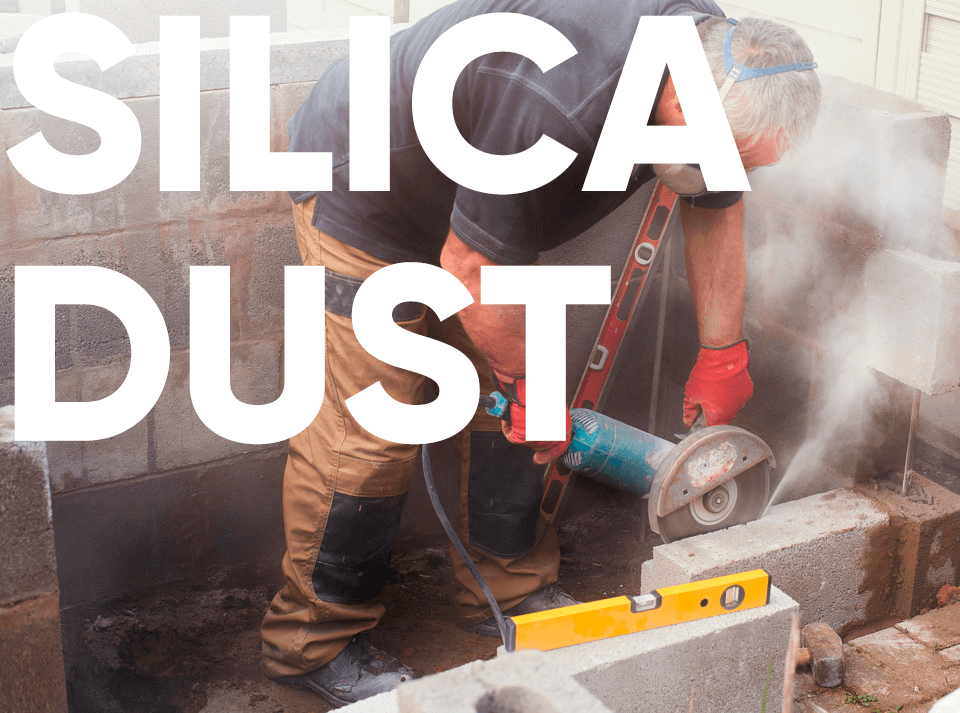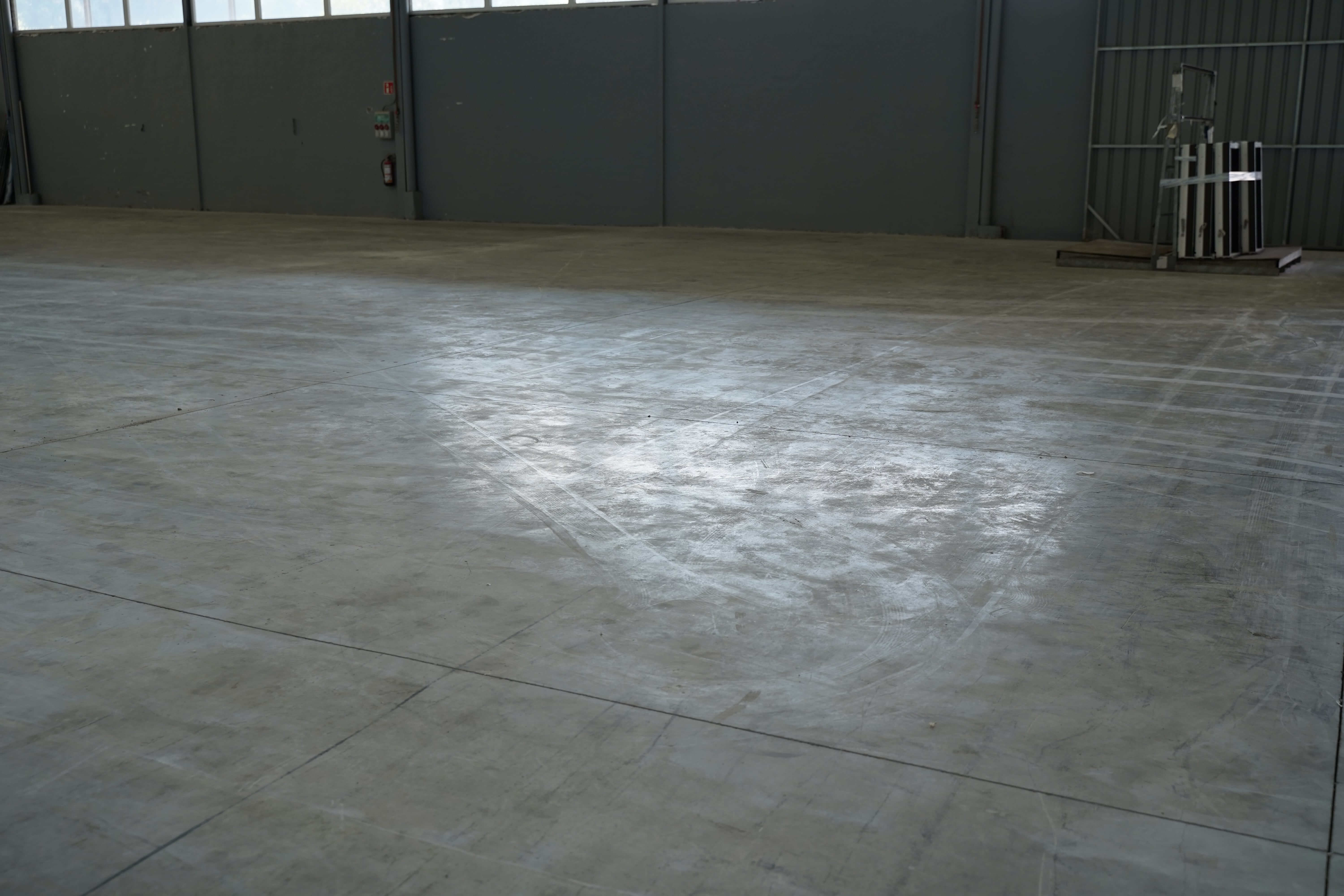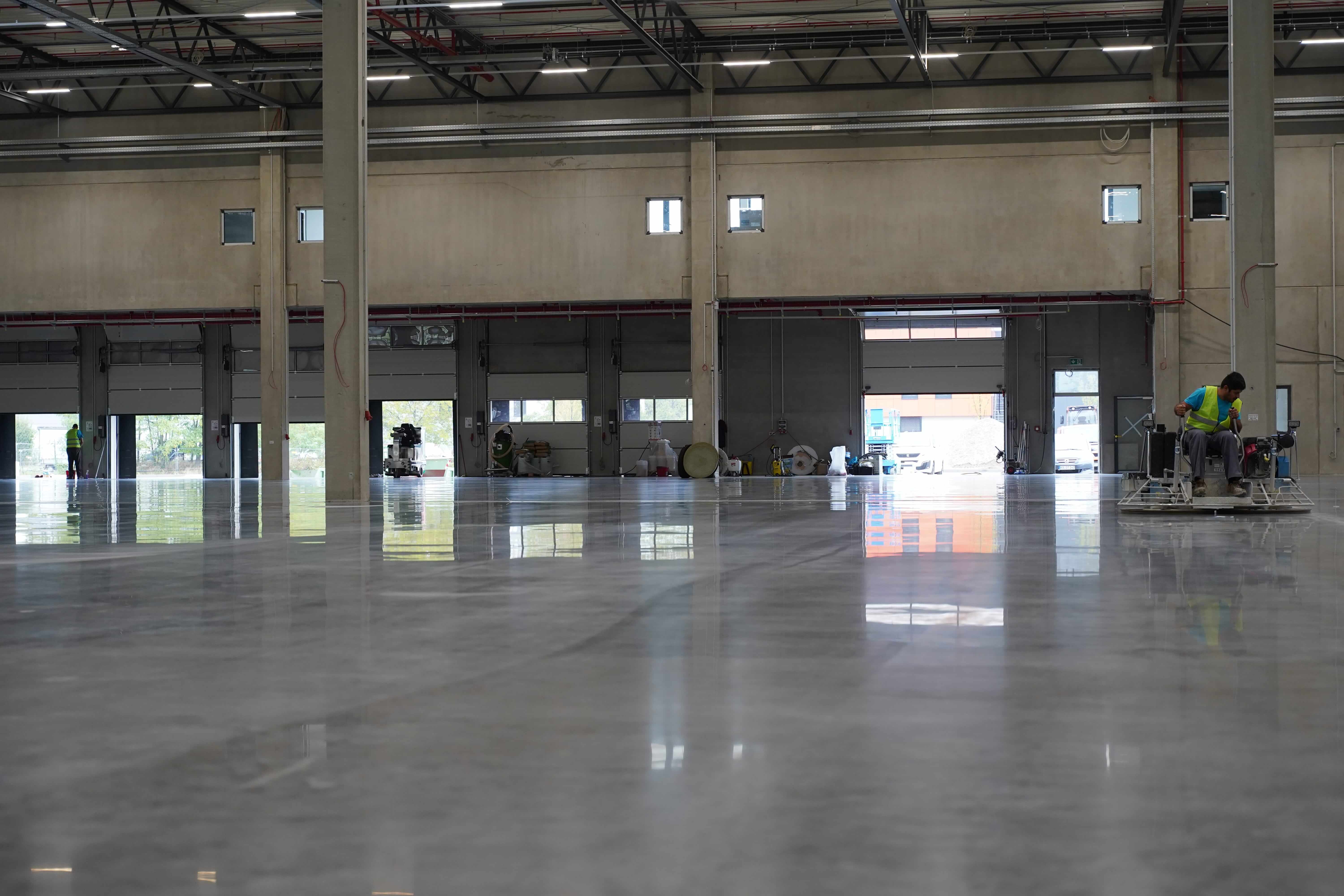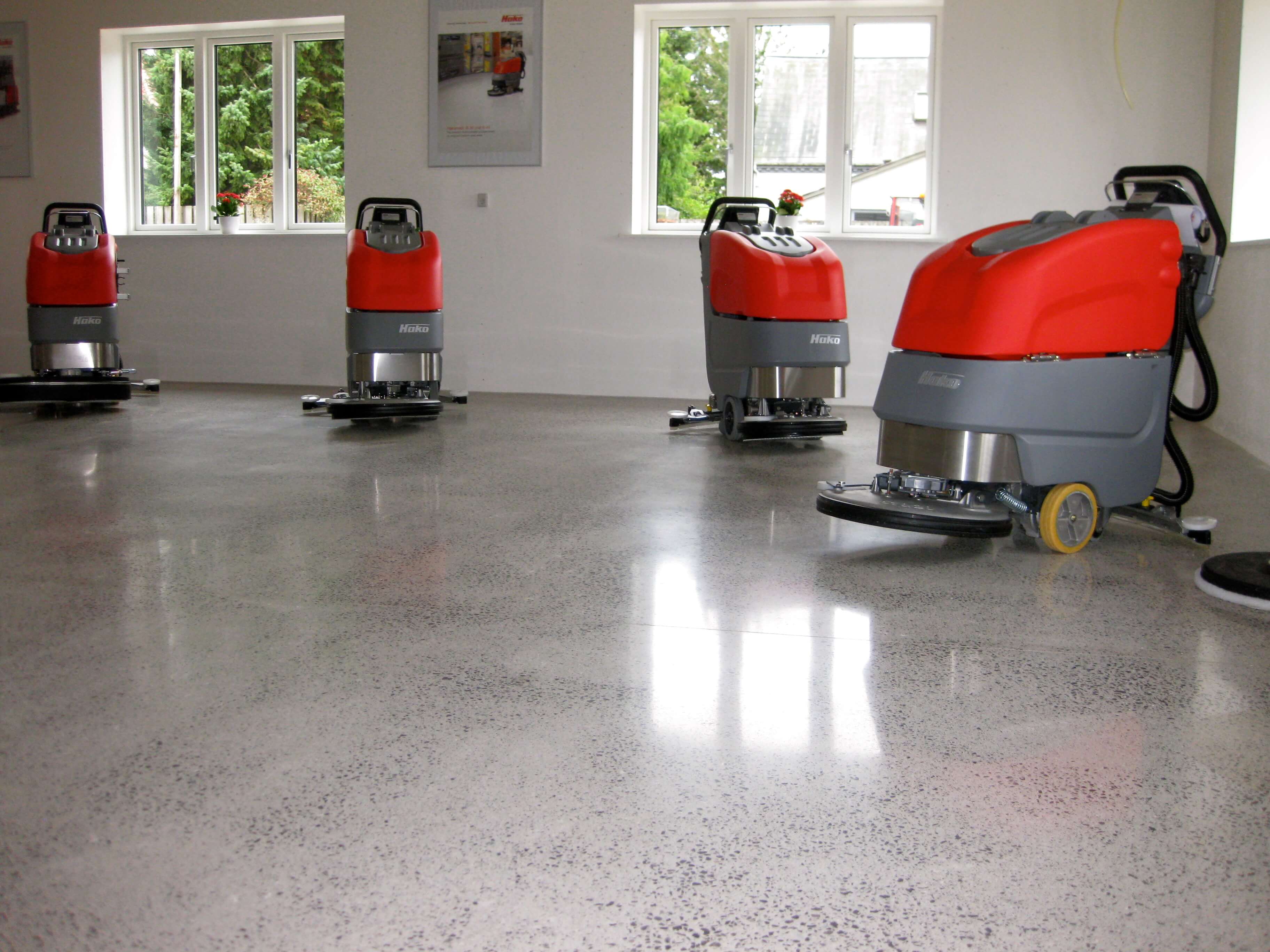It is clear that dust is a problem in a busy warehouse, logistics centres, shopping centres, food industry, garages and supermarkets, etc.
In this article we examine exactly why dust is a problem, where that dust comes from and how we can achieve warehouse dust control.
Why Warehouse Dust Control is important
The primary concern of any warehouse owner should be the health of the staff. Even a small amount of dust can cause a variety of health problems including Chronic Obstructive Pulmonary Disease (COPD), Silicosis, Asthma, Allergies, Conjunctivitis and Skin conditions.

Aside from the risk of litigation an employee in bed is no use to anyone so dust reduction is of prime importance.
Nobody wants to receive a product covered in dust. Products sitting on shelves in a dusty warehouse accumulate dust. Many warehouses operate a Last In, First Out (LIFO) inventory system which means that some products can stay in the warehouse for a long period of time gathering dust.
Dust is not good for operational equipment either. Dust can penetrate bearings causing wear, it can damage control panels, it can block air intakes, it can damage electronic circuitry and it can obscure the view of cameras and sensors. In addition, a layer of dust on the floor can interfere with robot guidance systems and the traction of moving machinery.
Sources of dust
There are three main sources of dust in a warehouse; the machinery, the product/packaging and the floor itself.
Dust from the machinery
Machinery used inside a warehouse produce dust. Take, for example, Fork Lift Trucks. Dust can come from the tyres from wear against the concrete floor.

To minimise this make sure that tyres are in good order and that the floor is smooth and hard. The application of the BECOSAN® system to create a smoother and harder floor is advised.
Additionally, the exhaust system can create engine particulate from unburnt fuel. Making sure that all engines are properly tuned and maintained will minimise dust production.
Dust from product and packaging
Machinery is not the primary cause of dust production. Perhaps surprisingly the products and the pallets used to hold the products are a major source of dust as they are moved about the warehouse.
The friction caused by the movement causes microscopic pieces of wood, cardboard and plastic to breakaway from the boxes and the pallets that contain product.
Dust from the concrete floor
As machinery and people move around the warehouse the concrete floor can begin to crumble at the surface creating dust.

This can be very significantly reduced through the application of the BECOSAN® system (see below).
Ways of eliminating dust
Ventilation Systems
Ventilation Systems are an effective method for the removal of dust, particularly if the dust is suspended in the air.
The contaminated air is sucked through a filtration system, rather like a vacuum cleaner, and the dust is then bagged up for removal. Ventilation Systems can also be used to remove odorous smells and gases.
If you are interested in ventilation systems to eliminate dust problems, we recommend you:
Fogging Systems
As its name suggests Fogging Systems produce a fine fog of water droplets sprayed into the air.
The tiny water droplets combine with the dust particles in the air making them heavier at which point they fall to the floor and can be collected using a standard scrubber-dryer cleaning routine (see below).
Dust Seal Partitioning
One way to limit the spread of dust throughout the warehouse is Dust Seal Partitioning. Here an area of the warehouse prone to dust creation can be sealed off using a series of overlapping plastic panels suspended from the ceiling.
This type of partition can minimise the investment in ventilation and fogging systems.
Cleaning mats
Another way to prevent the spread of dust between different areas of the warehouse is with the installation of a forklift wheel cleaning system. I feel it is also possible to use this system as disinfecting mats.
Floor Cleaning
Once dust has settled onto the concrete floor it must be removed before it is once again lifted into the air. To clean the floor a scrubber dryer system is recommended.

The scrubber dryer itself is a walk behind or ride machine which applies a liquid (a mix of water and detergent) to the floor, it collects the liquid containing the particles of dust and then drys the floor making it ready for use.
Regular (in some some circumstances daily) cleaning will minimise the amount of dust on the floor and in the air.
Regular industrial cleaning (in some some circumstances daily) will minimise the amount of dust on the floor and in the air.
The BECOSAN® System
The BECOSAN® System involves grinding away the micro roughness to leave a smooth finish, treating the floor with the BECOSAN® Concrete Densifier which binds with the free lime in the concrete to create a more durable finish.

Finally, BECOSAN® Concrete Sealer is applied to make the floor surface resistant to absorption of spilled liquids. The BECOSAN® system produces a reduced dust solution that, unlike an epoxy coating, will last for many, many years.
